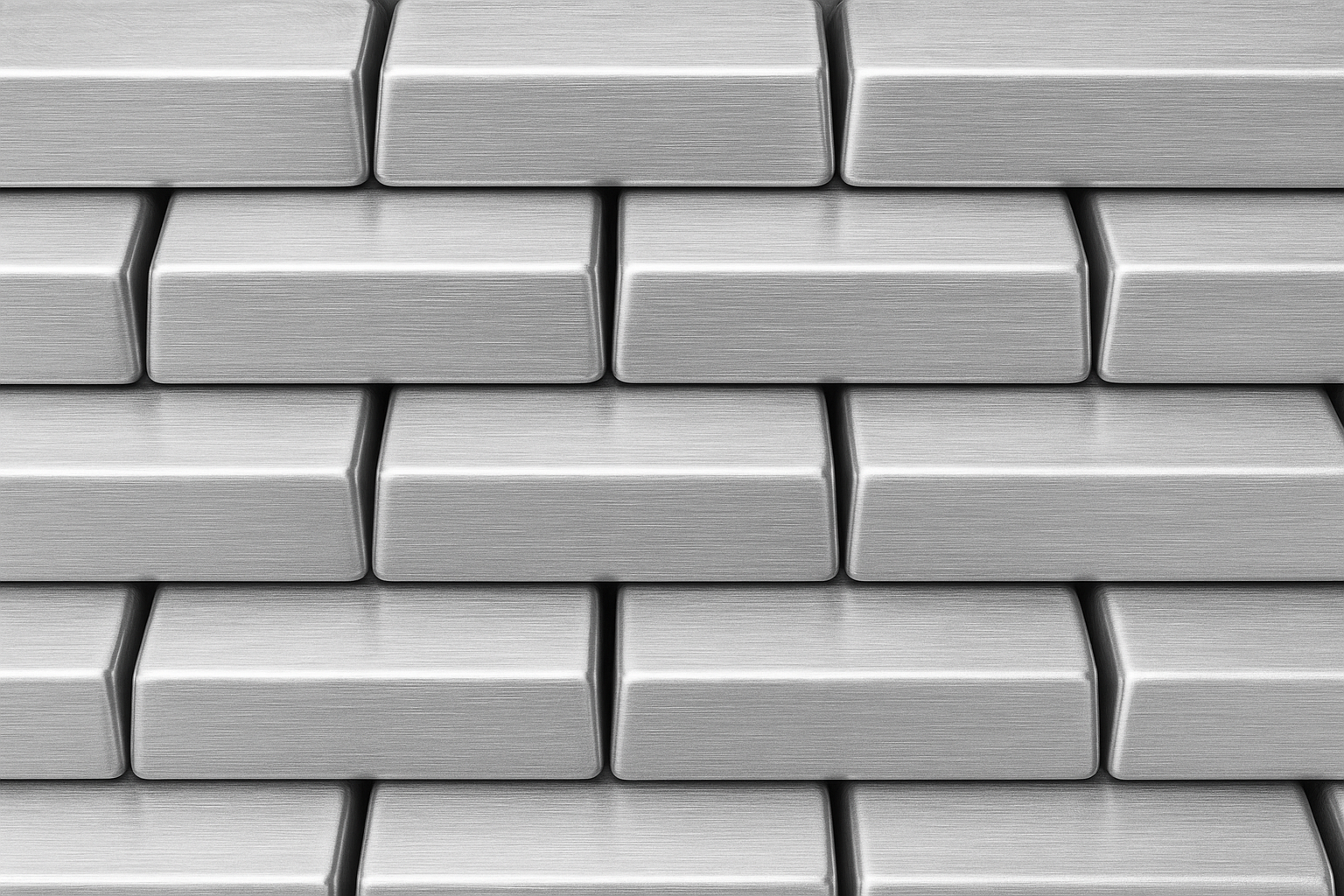Metal composite material (MCM) is a combination of metal layers and core materials that work together to create surfaces with enhanced durability, strength, and aesthetic appeal. It is widely used in construction, automotive, and aerospace industries due to its lightweight nature and resistance to corrosion and wear. MCM offers improved performance by combining the properties of metals like aluminum, zinc, or stainless steel with a strong, yet lightweight core.
These materials provide a balance of structural integrity and design flexibility, making them ideal for both functional and decorative applications. Their fire resistance, longevity, and variety of finishes make them a practical choice for modern architectural needs.
Understanding metal composite material means recognizing its role in advancing material science by delivering solutions that traditional metals alone cannot achieve. This combination opens opportunities for innovation in multiple fields, shaping the future of manufacturing and design.
What Is Metal Composite Material?
Metal composite materials combine multiple substances to create products that offer improved strength, durability, and design versatility. These materials typically involve layered or embedded components, engineered to meet specific functional and aesthetic requirements across various industries.
Key Components and Structure
Metal composite materials generally consist of metal skins bonded to a core, which can be plastic or another material. The outer metal layers, often aluminum, zinc, copper, stainless steel, or titanium, provide structural strength and resistance to environmental factors.
The core, usually a solid plastic or polymer, adds lightweight and insulation properties. This layered structure allows the composite to maintain rigidity while reducing overall weight. It also enhances thermal stability and corrosion resistance, depending on the chosen components.
Types of Metal Composite Materials
There are two primary categories of metal composite materials: metal composite panels and metal matrix composites.
- Metal Composite Panels: These feature metal sheets bonded to a plastic core and are commonly used for building cladding and architectural applications.
- Metal Matrix Composites (MMC): These materials have metal matrices reinforced with fibers or particles such as ceramics or carbon to improve mechanical properties like stiffness and heat dissipation.
Each type serves different industrial purposes, from construction to aerospace engineering, based on the desired combination of properties.
Advantages Over Traditional Materials
Metal composite materials offer several benefits compared to conventional metals alone. They provide improved strength-to-weight ratios, allowing for lighter structures without compromising durability. Their layered construction helps resist wear, corrosion, and thermal changes more effectively.
Also, these materials offer greater design flexibility, enabling the creation of complex shapes for architectural aesthetics or specialized engineering components. This adaptability makes them suitable across diverse sectors including automotive, electronics, and biomedical fields.
Applications and Industry Uses
Metal composite materials combine the strength and durability of metals with the lightweight and flexible properties of composites. Their applications span industries where structural integrity, corrosion resistance, and design versatility are critical.
Construction and Architecture
In construction, metal composite materials are used extensively for cladding, roofing, and structural reinforcements. They offer weather resistance and durability while reducing overall building weight. This makes them suitable for high-rise buildings, bridges, and facades where structural performance and aesthetics are essential.
These materials resist corrosion and require less maintenance compared to traditional metals, extending the lifespan of structures. Their ability to incorporate various finishes supports architectural creativity without compromising functionality.
Transportation and Automotive
Metal composites improve fuel efficiency by reducing vehicle weight while maintaining safety and strength. They replace heavier traditional metals in car bodies, aircraft components, and railway structures.
Their corrosion resistance and high strength-to-weight ratios enhance durability and performance in harsh environments. This leads to lower emissions and longer service life, supporting industry goals of sustainability and cost reduction.
Signage and Cladding
Metal composites are popular for signage and cladding due to their flatness, ease of fabrication, and durability. The smooth surface allows for high-quality printing and finishing options, making them ideal for advertising and branding.
They resist weather effects and physical damage, ensuring long-lasting appearance. Their lightweight nature simplifies installation on buildings and other structures, reduci
